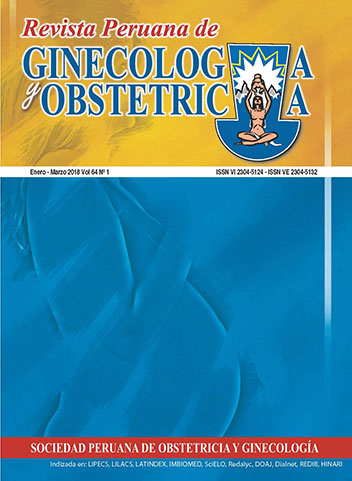Metabolic syndrome in the climacteric women
DOI:
https://doi.org/10.31403/rpgo.v64i2056Abstract
The increase in the life expectancy of women results in more morbidity and mortality in older women, with cardiovascular diseases being one of the most prevalent diseases. Among the main causes of morbidity is the metabolic syndrome. Thus, it is necessary to guide both physicians and patients in the consequences of this pathology. Males receive treatment more frequently because of the mistaken perception that women have a low cardiovascular risk. The pathophysiology of insulin resistance is linked to the increase of triglycerides in blood and the clearance of HDL-cholesterol by the liver. Abdominal obesity and arterial hypertension complete the diagnostic elements of the metabolic syndrome, which is based on the presence of three of the five factors mentioned. During the menopausal transition, there is a rapid increase in the severity of this syndrome, which gives rise to an increased cardiovascular risk. Obesity is a pro inflammatory state with increased production of inflammatory cytokines, such as TNF-alpha, resistin and leptin, by the obese adipocyte, all linked to most chronic diseases and cancer. In relation to arterial hypertension, there are many patients who do not know that they are carriers of this pathology and are not treated, increasing their cardiovascular risk. Therefore, gynecologists must become familiar with this pathology and have an active attitude in its diagnosis and management.Downloads
Download data is not yet available.
Downloads
Published
2018-04-12
How to Cite
Danckers Peralta, L. (2018). Metabolic syndrome in the climacteric women. The Peruvian Journal of Gynecology and Obstetrics, 64(1), 39–42. https://doi.org/10.31403/rpgo.v64i2056
Issue
Section
Simposio: Manejo terapéutico en el climaterio y menopausia, evidencias actuales
















